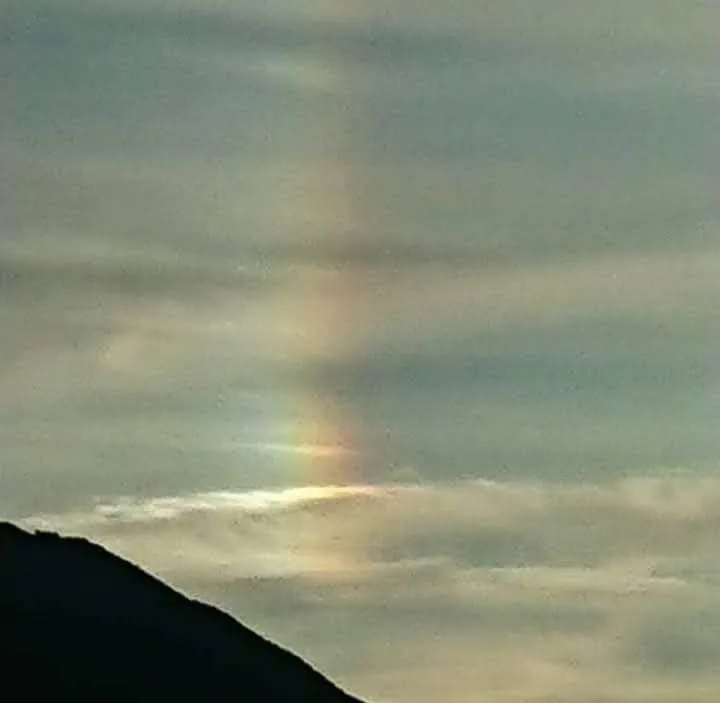
A landscape occurs when the Earth and its elements have not been directly modified, modified, or moved by people. Elements of this type can be alive and healthy and can include rocks, water, plants, or trees. Generally, wild animals are not considered part of the landscape because of their ability to cross the area.
However, do not confuse this term with landscape. In landscapes, people generally move the Earth and its elements and enjoy better views. In many cases, the landscaping may have been almost completely changed or the terrain may be flat, for example due to house construction.
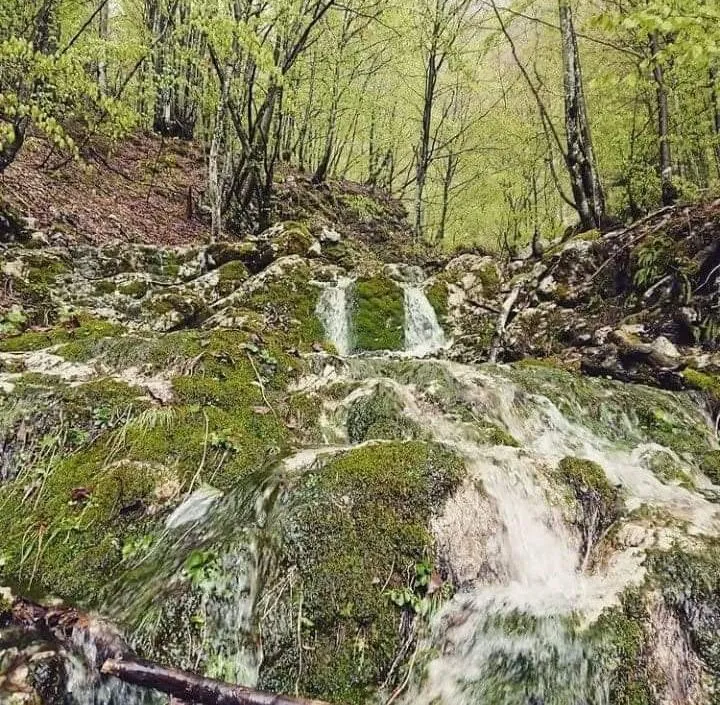
Man cannot change the landscape and preserve it in nature, but nature can change the landscape. Wind can blow on trees, fire can destroy vegetation, and floods can destroy rocks and hills. All of this can change the kingdom, but it's the human factor for engagement that makes the difference. Beaches created by ocean currents are a good example of a landscape, but land is made up of grains of sand, not stones or dirt. In general, undamaged land is considered natural.
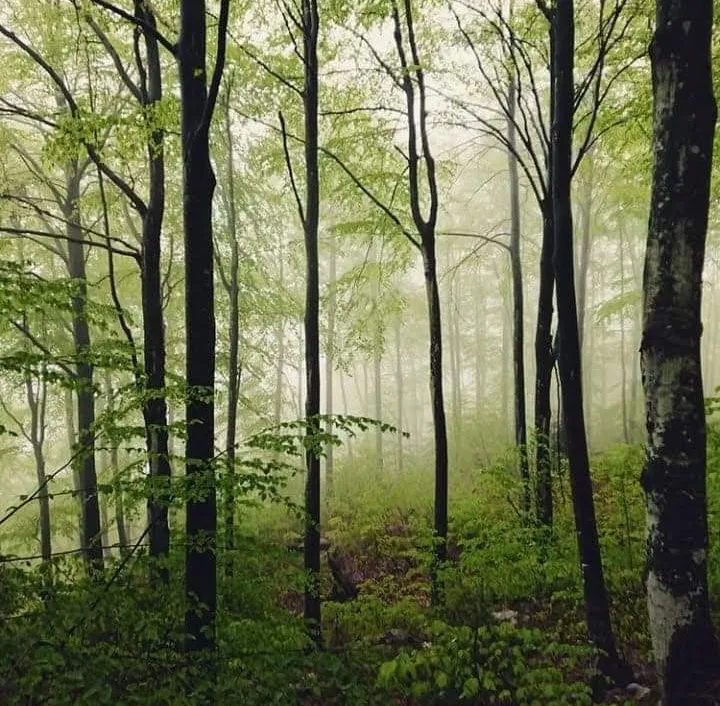
After construction is complete, it is desirable to return the land to its original condition and replace it. To achieve this, landscapers often mimic the terrain in their area and create artificial hills and slopes to make the terrain appear natural. You can even add and decorate miniature fountains and ponds that didn't originally exist.
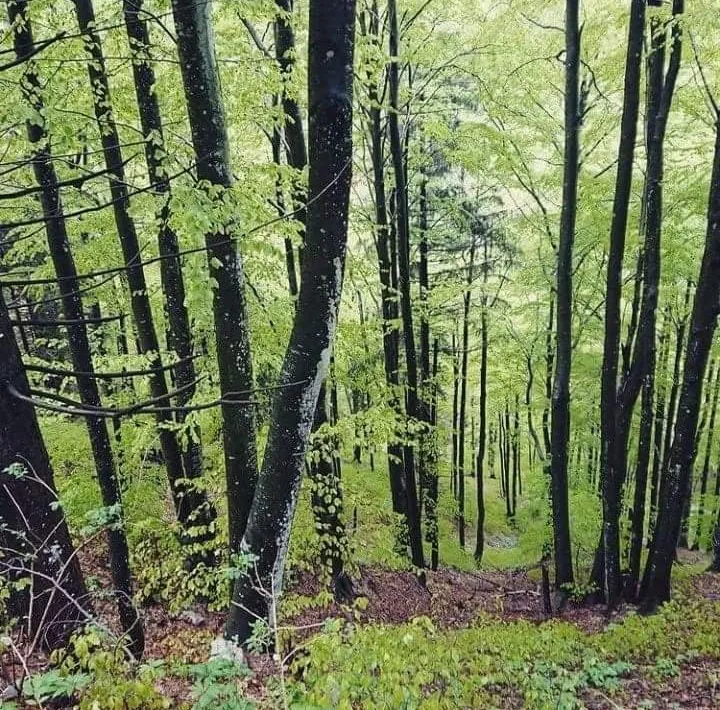
The popularity of green landscapes, the idea of using plant species belonging to a particular region, has helped blur the lines between real and artificial landscapes. These native plants and trees not only help the environment by reducing pesticide use and improving air quality, but also encourage wildlife and beneficial insects to return to areas they have already left. As this green landscape trend continues, future generations may not be able to distinguish between landscape and creative landscape.
A landscape occurs when the Earth and its elements have not been directly modified, modified, or moved by people. Elements of this type can be alive and healthy and can include rocks, water, plants, or trees. Generally, wild animals are not considered part of the landscape because of their ability to cross the area.
However, do not confuse this term with landscape. In landscapes, people generally move the Earth and its elements and enjoy better views. In many cases, the landscaping may have been almost completely changed or the terrain may be flat, for example due to house construction.
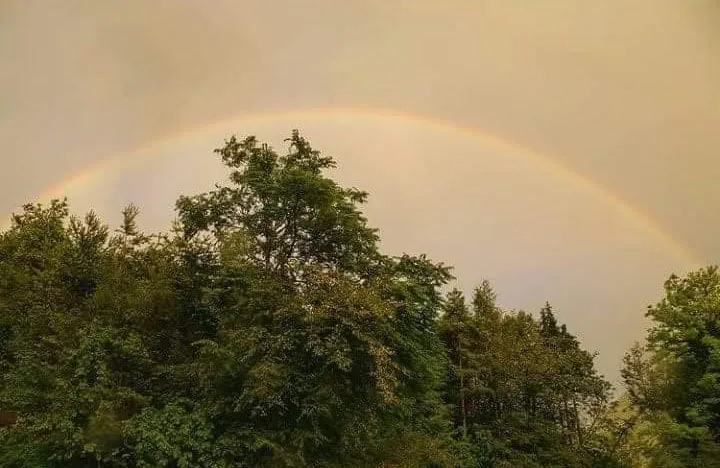
Man cannot change the landscape and preserve it in nature, but nature can change the landscape. Wind can blow on trees, fire can destroy vegetation, and floods can destroy rocks and hills. All of this can change the kingdom, but it;s the human factor for engagement that makes the difference. Beaches created by ocean currents are a good example of a landscape, but land is made up of grains of sand, not stones or dirt. In general, undamaged land is considered natural.
After construction is complete, it is desirable to return the land to its original condition and replace it. To achieve this, landscapers often mimic the terrain in their area and create artificial hills and slopes to make the terrain appear natural. You can even add and decorate miniature fountains and ponds that didn;t originally exist.
The popularity of green landscapes, the idea of using plant species belonging to a particular region, has helped blur the lines between real and artificial landscapes. These native plants and trees not only help the environment by reducing pesticide use and improving air quality, but also encourage wildlife and beneficial insects to return to areas they have already left. As this green landscape trend continues, future generations may not be able to distinguish between landscape and creative landscape.
Photos of my authorship
